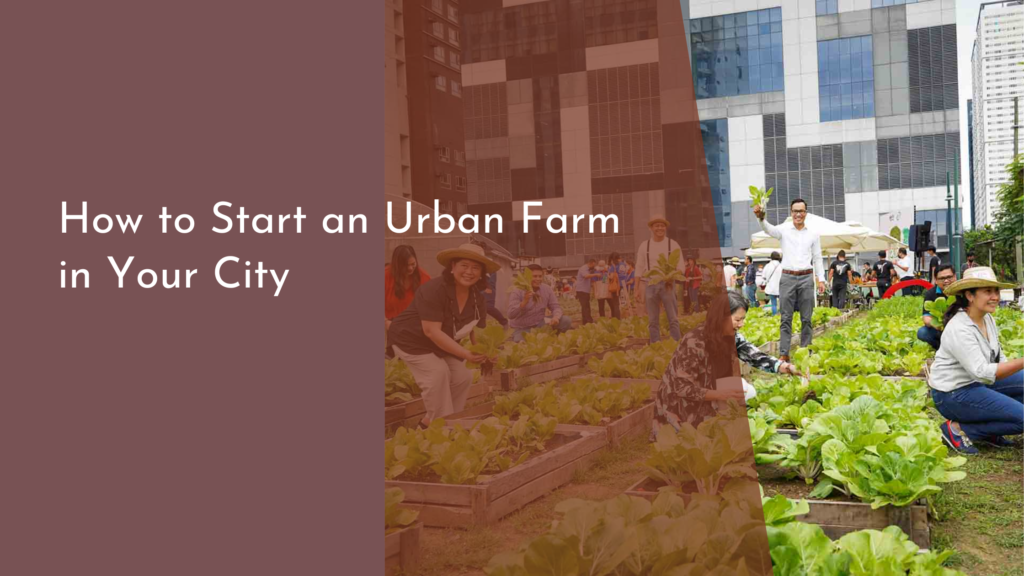Agroforestry for Sustainable Basil Farming
Agroforestry is emerging as a dynamic approach to sustainable farming, and when it comes to basil farming, the benefits are truly remarkable! By integrating trees and shrubs with traditional crops, farmers can create a vibrant ecosystem that not only promotes healthy basil growth but also enhances overall farm productivity. This article explores the magic of agroforestry in basil farming, highlighting the reasons behind its effectiveness, its delightful benefits in terms of biodiversity and pest control, and a step-by-step guide for implementation. Let’s dive into this cheerful journey towards a more sustainable agricultural future!
Discover the Magic of Agroforestry in Basil Farming!
Agroforestry blends agriculture with forestry, creating a harmonious environment where crops and trees coexist. For basil farmers, this method presents a fantastic opportunity to create a microclimate that supports the growth of this aromatic herb. By planting basil alongside trees that provide shade, farmers can protect their crops from extreme weather conditions while ensuring optimal soil moisture levels. This balance creates an ideal setting for basil to flourish, allowing the plants to produce flavorful leaves that delight chefs and home cooks alike.
Moreover, agroforestry encourages the growth of a diverse range of plants, which can lead to increased resilience against pests and diseases. As basil is sensitive to certain environmental stressors, having a variety of species nearby can create a buffer that keeps the herb healthy. This magic of diversity not only enhances the aesthetic appeal of the farm but also promotes a thriving ecosystem where basil can truly shine.
Why Agroforestry Boosts Basil Growth and Soil Health
One of the key benefits of agroforestry is its ability to improve soil health, which is vital for successful basil cultivation. Deep-rooted trees can help break up compacted soil, enhancing aeration and water infiltration. This process allows basil roots to access nutrients more effectively, promoting stronger growth and higher yields. Additionally, tree litter contributes organic matter to the soil when it decomposes, enriching it with nutrients that are essential for basil. This natural fertilization reduces the need for synthetic fertilizers, aligning with sustainable farming practices.
Furthermore, diversification in agroforestry systems can lead to improved crop rotation practices. Planting basil alongside nitrogen-fixing trees can increase soil fertility, benefiting not only the immediate basil crop but also subsequent planting cycles. This innovative approach promotes a healthier soil ecosystem, filled with microorganisms that contribute to nutrient cycling and disease suppression, ensuring that your basil farm remains productive year after year.
Delightful Benefits: Biodiversity and Pest Control Explained
The integration of various plant species through agroforestry leads to increased biodiversity, which is a boon for basil farmers. A diverse plant community provides habitats for beneficial insects, birds, and other wildlife that can help control pest populations naturally. For instance, ladybugs and lacewings are attracted to flowering plants interspersed with basil, and these helpful insects can effectively keep aphids and other harmful pests at bay. By cultivating a balanced ecosystem, farmers can minimize the need for chemical pesticides, fostering a more sustainable farming approach.
Additionally, the presence of diverse plant species can enhance pollination, benefiting basil production. Pollinators, such as bees and butterflies, thrive in environments rich with varied flora. This not only improves the quality of basil through better pollination but also increases the potential for farmers to engage in other pollinator-friendly crops. The delightful interaction between basil and its companion plants can lead to higher biodiversity on the farm, creating a vibrant and dynamic agricultural landscape.
Step-by-Step Guide to Implementing Agroforestry Practices
Implementing agroforestry practices for basil farming can be a rewarding yet straightforward process. Start by assessing your land and determining which trees or shrubs complement your basil plants. Consider species that provide shade, enhance soil fertility, or attract beneficial insects. Create a planting plan that considers the spacing and growth habits of both trees and basil, ensuring that each plant gets adequate sunlight and resources. Additionally, take advantage of local resources or extension services to find suitable native species that will thrive in your specific environment.
Once you have your plan in place, prepare your land by planting trees or shrubs first, allowing them to establish before introducing basil. This strategy creates an ideal microclimate for basil as it grows. As the trees mature, you can introduce various companion plants that support both biodiversity and pest control. Regularly monitor the health of your basil and surrounding plants, making adjustments as necessary to ensure a thriving agroforestry system. With patience and dedication, you will see your basil farm flourish in a joyful, sustainable manner!
Embracing agroforestry in basil farming opens up a world of possibilities for sustainable agriculture. By fostering a harmonious relationship between crops and trees, farmers can cultivate healthier basil while enhancing biodiversity and natural pest control. The journey to implementing agroforestry practices may require effort and planning, but the rewards—both for the environment and for the palate—are truly delightful. With every fragrant leaf of basil harvested, you’ll be not only nurturing your taste buds but also contributing to the health of our planet. Happy farming!

